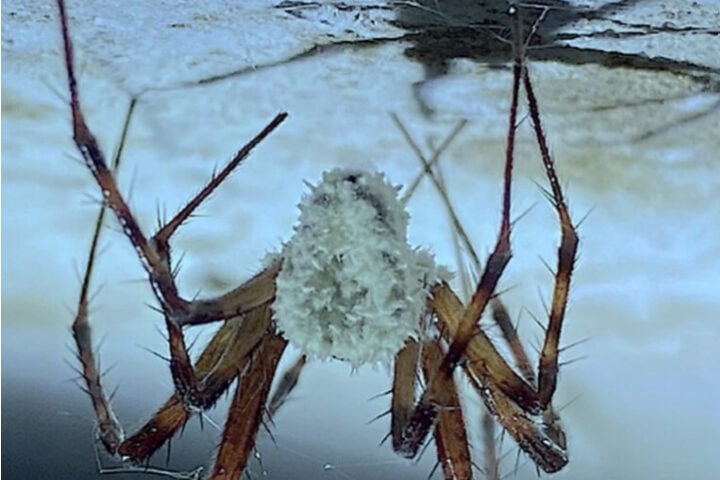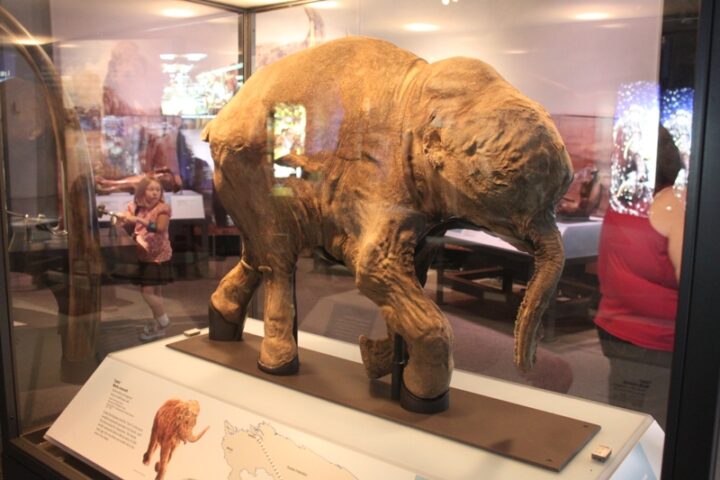In a remarkable scientific expedition to Peru’s Alto Mayo region, researchers have discovered 27 previously unknown species, including an amphibious mouse with webbed feet and a peculiar blob-headed fish. The findings, published in Conservation International’s Rapid Assessment Program Bulletin, reveal nature’s resilience in human-populated areas.
The 38-day expedition in June and July 2022 documented over 2,000 species in this northwestern Peruvian landscape, home to 280,000 people. Despite facing pressures from deforestation and agriculture, the region proved to be an unexpected treasure trove of biodiversity.
“Discovering even one new species of mammal on an expedition would be extraordinary, but discovering four new mammal species, as well as eight new fishes and three new amphibians, is mind-blowing,” says Trond Larsen, who leads Conservation International’s Rapid Assessment Program (RAP).
The New Discoveries
Among the 27 new species, researchers identified four mammals: a semi-aquatic mouse, a spiny mouse, a short-tailed fruit bat, and a 14-centimeter dwarf squirrel. The amphibious mouse, found in a single patch of threatened swamp forest, belongs to a group of carnivorous rodents known for their rarity.
“We only found this amphibious mouse in a single unique patch of swamp forest that’s threatened by encroaching agriculture, and it may not live anywhere else,” Larsen explains.
The expedition also unveiled eight new fish species, including an intriguing armored catfish with a mysterious blob-like structure on its head. Three new amphibians – a rain frog, a narrow-mouthed frog, and a climbing salamander – along with and ten butterfly species complete the list.
Advanced Research Methods
The research team employed sophisticated technologies:
- Automated camera traps for capturing elusive wildlife
- Bioacoustic sensors for recording animal sounds
- Environmental DNA sampling from water bodies
Local Knowledge Integration
The 13-scientist team collaborated with Indigenous communities, particularly the Awajún people, who provided crucial traditional knowledge. “This Rapid Assessment allows the Awajún to protect our culture, natural resources and our territory, as we have a deep connection with nature… Being part of this research has allowed me to better understand how plants, animals and ecosystems interact with each other, and how this is part of our Awajún cosmovision,” says Yulisa Tuwi, an Awajún researcher who assisted with reptile and amphibian studies.
Conservation Concerns
The survey also identified 49 threatened species, including two critically endangered primates – the Peruvian yellow-tailed woolly monkey and San Martin titi monkey. Another 48 potentially new species await further analysis.
The team documented a total of 2,046 different species during the expedition.
More Stories
Human Impact and Conservation
The Alto Mayo region demonstrates that biodiversity can persist alongside human populations, but only with sustainable management. Conservation International works with local communities and governments to develop sustainable agricultural practices and protect these newly discovered species.
“Unless steps are taken now to safeguard these sites and help restore parts of the landscape, there’s a strong chance they won’t persist in the long term,” Larsen warns.
Field Research Challenges
Tropical expeditions pose significant health risks. Larsen has previously contracted various diseases including malaria, leishmaniasis, and alpha gal syndrome from thousands of tick bites, making him “deathly allergic” to red meat and dairy.
Future Implications
The findings will inform plans to connect the Alto Mayo Protected Forest with the Cordillera Escalera Regional Conservation Area, creating an essential ecological corridor for species survival.


















